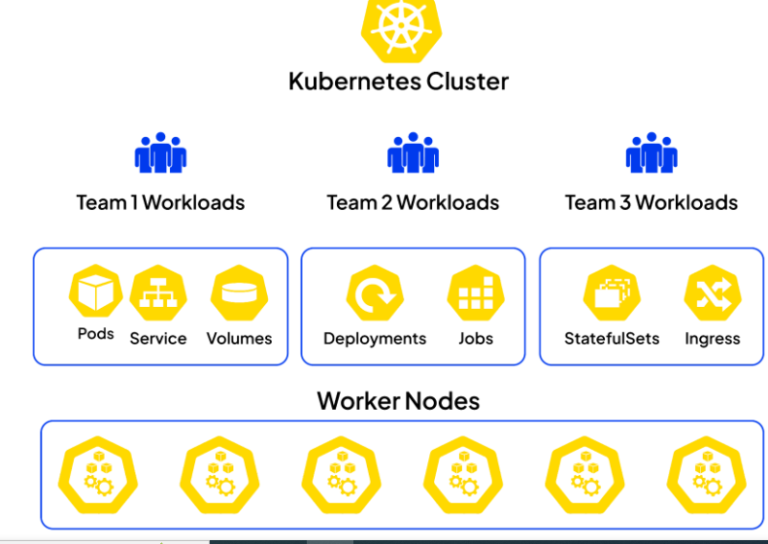Everything You Need to Know about First-Party Cookies
You probably heard the terms first-party, third-party or even second-party cookies multiple times. After all, every website you enter ask you to confirm them. But, have you ever wondered how they are different? What each of these names mean? If yes, keep reading this article – we will discuss first-party cookies here.
What are cookies?
Before we get to the term first-party, we need to understand what cookies are. While they might have a tasty name, they are actually little files, usually text, created by websites and stored in your browser. They are used for a plethora of purposes, such as:
- Remembering your settings
- Saving your shopping cart
- Tracking your browsing history on a particular website
- Advertising
- Authentication
Whenever you visit a website, your cookies are sent to it, allowing the webpage to remember you and adjust to whatever data is saved inside your cookies. This way, you don’t have to struggle with setting your volume on YouTube every time you enter it or set up an account on an online store to save the cart.
The first-party cookies
Since now you know what are cookies in general, let’s focus on the type that we are discussing today – first-party cookies. Those are the cookies from the website that you entered. Their role is to ensure that you will have a unified experience while using the website, without the need to set everything up every time you visit a domain.
Additionally, first-party cookies may be used for the sake of security and authentication. For instance, the fact that you keep being logged into your account on a website is caused by cookies, which remembered your choice not to be logged out. Moreover, first-party cookies help safeguard against Cross-Site Request Forgery (CSRF) attacks, where malicious websites attempt to trick you into performing actions on other sites without your consent. These cookies verify the legitimacy of requests, adding an extra layer of security.
Managing and using first-party cookies as a website owner
Apart from customization and authentication, first-party cookies are a rich resource of data for website owners, who can exercise them to improve their marketing or to attract advertisers.
Let’s take, for instance, cookieless retargeting. This strategy is based on the first-party cookies, the data from which is used to categorize users into target groups. As a result, it is possible to expose them to personalized adverts without the needs for third-party cookies, which are constantly loosing support in more and more browsers.
When it comes to attracting advertisers, the case is similar. The data from the first-party cookies is analyzed to decide who visits the website, the users are categorized, and the owner sells advertising space to those whose target audience matches the website’s users.
The takeaway
First-party cookies are small pieces of data collected by the websites you visit. They are used to increase personalization and security, to maintain a user’s settings within a domain, to authenticate users and, finally, for the sake of marketing. With the support for third-party cookies diminishing, their first-party counterparts are becoming increasingly important for marketers – strategies such as cookieless retargeting are based on them.




